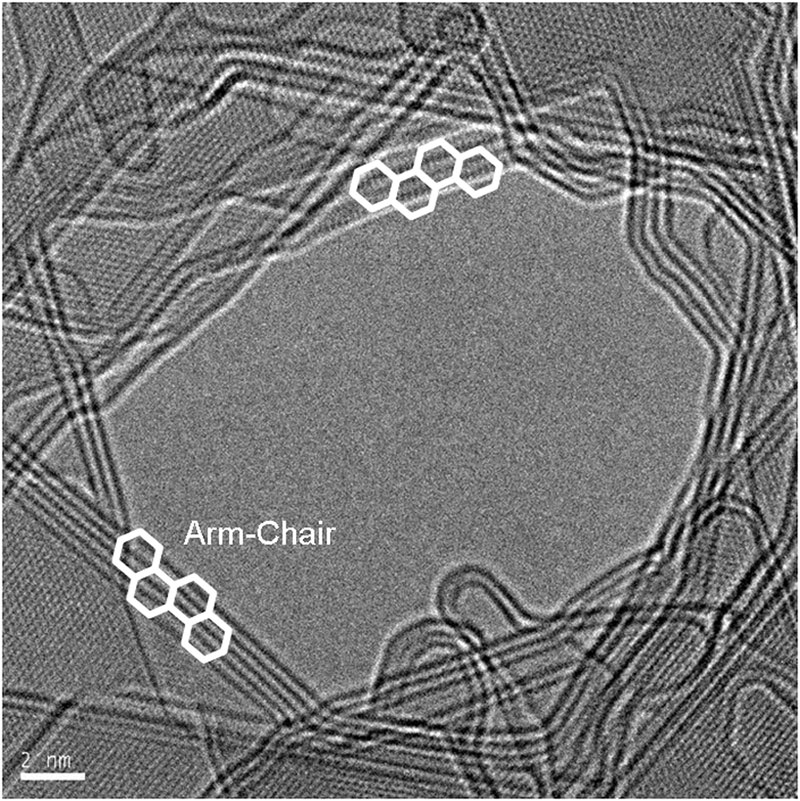Nano and Beyond Microscopy Lab - University of Texas - Dallas - Dr. Moon Kim
As Director of the Nano and Beyond Lab at the University of Texas (Dallas),
Dr. Moon Kim's vision goes beyond nanoscale research and looking at atom-to-atom relationships to helping a global audience better understand the world of science. To this end, he published an animated, interactive iBook entitled "
Hello, Nano" in 2012 to educate young students in an engaging and entertaining way. Now he's expanded the learning experience through a new AppBook, "
Art and Technology," that explores how all forms of art - from painting to fashion to digital games - have been interwoven with technology, even since early times.
 Nano and Beyond Microscopy Lab - University of Texas - Dallas - Dr. Moon KimCategory
Nano and Beyond Microscopy Lab - University of Texas - Dallas - Dr. Moon KimCategory Nano and Beyond Microscopy Lab - University of Texas - Dallas - Dr. Moon KimCategory
Nano and Beyond Microscopy Lab - University of Texas - Dallas - Dr. Moon KimCategoryBoth books are ambitious, professionally-created combinations of text and illustrations, links and videos that can take any path the reader chooses while learning specifics about each topic. A Spanish version of "Hello, Nano" is also now available.
Kim says his goal with these two books is to "educate more people about the goodness of science and technology in more practical and fun ways." He is a Louis Beecherl, Jr., Distinguished Professor of Materials Science and Engineering, and Arts and Technology (ATEC), and works closely with both materials scientists in his lab and art students enrolled at the University. He advises students in the ATEC program and helped develop a scholarship competition" for new ideas to encourage vision beyond art to embrace other disciplines. Artistic talent can really benefit from technology," he says, citing popular animated films (Disney and Avatar), analysis techniques in art (art restoration), digital photography, colored glass created with nanoparticles (for which he shows an image from the TEM), video art, and the fashion industries as examples. Over 200 freshmen joined the ATEC program this year.
Kim has enlisted the help of the right combination of scientific, writing, and art talent to create his magical electronic books that even feature the atoms imaged in his lab using the ARM200F atomic resolution Transmission Electron Microscope.
"Art and Technology," his new book, is encyclopedic in scope, but permeated with a sense of wonder and magic in order to "make science and technology more interesting to the general public and younger audiences. To some people the science itself may be too overwhelming - other areas like art is significantly more approachable to the general public. I realized art in its many different forms involves technology - art spans different areas from the fine art masterpiece and architecture to multimedia and visual art. Art and science, the two huge branches of human creativity, have grown together, exchanging a great amount of influence to and from each other that makes it impossible to separate one from the other. As scientific techniques developed, new methods of artistic creation arose, and the artists created new beauty using a variety of materials and techniques," he says.
 Nano and Beyond Microscopy Lab - University of Texas - Dallas - Dr. Moon KimCategory
Nano and Beyond Microscopy Lab - University of Texas - Dallas - Dr. Moon KimCategory Nano and Beyond Microscopy Lab - University of Texas - Dallas - Dr. Moon KimCategory
Nano and Beyond Microscopy Lab - University of Texas - Dallas - Dr. Moon KimCategoryKim's lab uses Transmission Electron Microscopy to investigate nano-electronic materials, electrochemical and biological materials, and solar cells. He also has a "keen interest" in nano robotics. His state-of-the-art lab employs a JEOL JEM-2100F field emission TEM< and the JEOL ARM200F atomic resolution microscope, and at any one time there may be ten ongoing research projects. "The ARM is mainly used for atomic scale imaging and spectroscopy of materials. The 2100F for in situ work such as heating and electrical and mechanical probing, and liquid cell microscopy." His research goes beyond graphene and its known properties to emerging materials to replace silicon for next-generation nano-electronics devices. His work includes integrating heterogeneous materials by wafer bonding, solar cell research, quantum dot nanocrystals, 2D materials and devices, and nano 3D printing technology. Much of his work is funded by corporations, DARPA, SRC, NIST, and the DOE.
The University of Texas in Dallas is a hub for two semiconductor research consortiums, infusing the area with new business opportunities: The
Texas Fusion (Future Semiconductor Commercialization) consortium, financed by the South Korean government and the Texas Emerging Technology Fund, and the
Silicon Wafer Engineering and Defect Science Industry/University Cooperative Research Center (SiWEDS IU/CRC), an independent center supported by the University and corporate members.